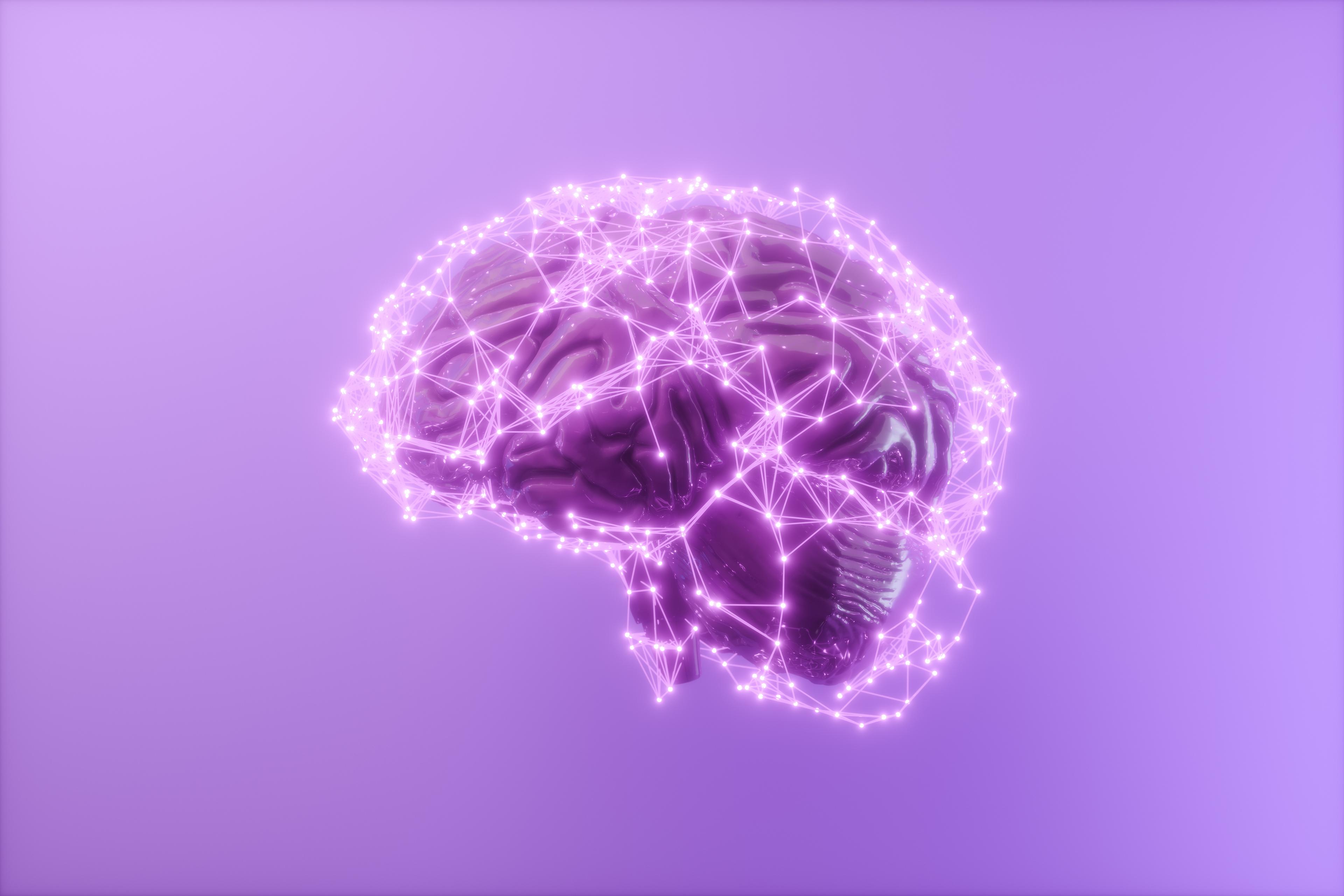
Eating disorders are incredibly challenging on their own. The majority of the time, however, patients living with an eating disorder have other medical or mental health conditions as well. At least 50% and as many as 95% of patients with eating disorders have at least one other mental health diagnosis. Eating disorders are also common in people who are neurodivergent and those with certain physical health conditions, such as gastrointestinal disorders.
Medical professionals refer to these simultaneous diagnoses as “comorbidities.” This term can be confusing and even frightening to many people (the word “morbid” tends to evoke strongly negative emotions) so the phrase “co-occurring conditions” is often more useful.
The existence of co-occurring conditions can make diagnosis and treatment of an eating disorder more complex. Understanding the ways other conditions intersect with eating disorders can help patients and their families better approach the recovery process for all conditions, whatever they may be.
What Mental Health Conditions Tend To Overlap with Eating Disorders?
While there is a range of mental illnesses that can coexist with eating disorders, the most common co-occurring mental health conditions are anxiety, depression, and obsessive-compulsive disorder. The relationship between these diagnoses is complicated and not fully understood.
Body image concerns affect many people with eating disorders, and some patients may also suffer from a separate condition called body dysmorphic disorder. Because someone with an eating disorder may struggle with emotion regulation, there is also an increased vulnerability to substance use disorder. Other mental health conditions that often co-occur with eating disorders are post-traumatic stress disorder (PTSD) and borderline personality disorder (BPD).
When it comes to eating disorders and other mental illnesses, it’s not always easy to tell which came first. Many patients struggle with psychological conditions that can make them more vulnerable to developing an eating disorder. Eating disorders and the accompanying malnutrition can also trigger new mood disorders or worsen any pre-existing conditions.
How Does Neurodiversity Intersect with Eating Disorders?
Research shows that neurodivergence — when a person’s mental or neurological function deviates from what’s considered normal — can affect someone's relationship with food and their experience of eating, making them more vulnerable to an eating disorder. Among the most common overlapping diagnoses are Autism Spectrum Disorder, ADHD, and Sensory Processing Disorder.
Because neurodiversity can impact the way eating disorder treatment works, honoring a patient’s specific needs is essential for healing. For instance, a neurodivergent patient with a heightened sensitivity to a food’s smells, appearance, or texture often requires a different approach to exposure therapy than would a patient with only a fear of calories or weight gain. The existence of an eating disorder can also have an impact on the treatment of conditions such as ADHD; for instance, a physician may recommend non-stimulant medication options that are less likely to affect appetite.
How Do Physical Conditions Affect Eating Disorders?
Certain medical conditions can increase the chances of developing an eating disorder. For instance, having diabetes can put someone at higher risk for an eating disorder. This heightened risk may be due to metabolic factors, weight stigma, or the required focus on counting and quantifying nutrient content — calories, sugar, carbs, etc. When a patient who was an eating disorder and diabetes misuses insulin in an attempt to control their weight, it’s known as diabulimia.
Patients with gastrointestinal conditions may be particularly vulnerable to eating disorders for a variety of reasons. When the act of eating causes pain, nausea, or other intestinal distress — which is the case with conditions like gastroesophageal reflux disease (GERD), irritable bowel syndrome (IBS), and polycystic ovary syndrome (PCOS) — it makes sense to feel anxious about eating or to avoid certain foods. Having to follow a limited diet because of celiac disease and food allergies can contribute to insufficient nutritional intake or increased fears around food, both of which can contribute to the development of an eating disorder.
Because eating disorders themselves can cause GI distress, it’s sometimes difficult to tease apart what is causing which symptoms. For instance, gastroparesis is common in those suffering from anorexia, bulimia, and ARFID, and is generally resolved with nutritional rehabilitation.
Eating disorders can affect anyone, so there is a wide range of medical conditions and disabilities that can overlap with an eating disorder. The diagnoses mentioned here are by no means an exhaustive list of possible co-occuring conditions.
How Do You Treat More Than One Condition at Once?
Eating disorder professionals are trained to treat the most common co-occuring conditions, such as depression and anxiety. For other overlapping diagnoses, it may be necessary to seek out more specialized providers, ensuring that everyone on the treatment team is aware of the eating disorder so that the patient doesn’t get any mixed messages or contraindicated recommendations.
Although treatment plans vary by individual needs, it’s common to prioritize the eating disorder symptoms first before directly targeting mood disorders or other challenges; healing the brain and body through nutrition can often provide significant relief from other psychological symptoms. Being nourished and free of most eating disorder behaviors also allows patients to engage more fully in therapeutic treatments for other conditions. In family-based treatment (FBT), for instance, individual therapy doesn’t usually begin until a patient is renourished.
Treatment focusing on renourishment doesn’t ignore the patient’s other medical conditions or mental health challenges. While focusing on the eating disorder, providers also monitor physical health and mood and, when necessary, assess for signs of suicidal ideation.
Throughout the recovery process, patients may be provided with therapeutic approaches such as dialectical behavioral therapy (DBT), cognitive behavioral therapy (CBT), exposure response prevention (ERP), medication, or specific modalities for addressing trauma, substance use disorder, and other mental health conditions that exist alongside the eating disorder.
For patients with diabetes or digestive concerns, a registered dietitian (RD) often plays a particularly critical role on the treatment team. An RD can help develop a meal plan or nutrition prescription that addresses both the eating disorder and co-occurring conditions. Coordination with an allergist, gastroenterologist, endocrinologist, or other medical provider can also support eating disorder recovery while managing co-existing health concerns.
When Should You Delay Eating Disorder Treatment To Prioritize Another Health Condition?
Although it is usually important to prioritize eating disorder treatment ahead of other health conditions, there are certain circumstances that would prompt a shift in focus. One such situation is active risk of suicide. The most life-threatening condition should always be the primary focus of treatment, which means that suicide usually takes precedence over an eating disorder.
In cases of suicide risk alongside anorexia nervosa with severe weight loss and medical instability, there are serious concerns about imminent risk to life from both conditions. This means that families and the treatment team should take a two-pronged approach, continuing to support their loved one through meals and snacks with an FBT approach, while using a strong treatment like DBT for suicidality.
Clinicians might also choose to prioritize another condition if that condition is interfering with eating disorder treatment. In those cases, it becomes necessary to treat the co-occurring condition first in order to begin to make real progress toward eating disorder recovery. For example, severe depression can be the root cause of maladaptive coping strategies like disordered eating, and so treating the depression can alleviate the eating disorder symptoms. Not addressing the depression first could result in a sort of whack-a-mole situation, where the eating disorder goes away but is replaced by other harmful coping strategies, like substance abuse. This is a tough call for clinicians to make, so it’s generally recommended that they treat the eating disorder first, and shift focus to depression — or another interfering condition — only after it becomes clear that the depression is maintaining the eating disorder.
The bottom line is that the priority of treatment will usually depend on which condition is the biggest threat to life and safety. Finding a treatment team with expertise in eating disorders (a less common speciality to be trained in for treatment providers) who can also treat co-occurring conditions is important. Doing so ensures that your loved one doesn’t have to bounce around from one treatment provider to another, receiving mixed messages about how to manage multiple treatment targets.
How Can You Support a Loved One with Co-Occurring Conditions?
Taking the eating disorder just as seriously as other conditions is an important step in supporting your loved one’s recovery. It can be helpful to remember that eating disorders, like other diagnoses, are not a choice, a phase, or a “cry for attention.” Despite pervasive cultural myths that tend to downplay the severity of eating disorders or even blame the sufferer for their condition, eating disorders are serious, potentially fatal illnesses that require prompt treatment.
Someone with multiple diagnoses may be at higher risk for feeling like they are a patient rather than a person. Family and friends can play an important role in helping a loved one continue to build a life worth living outside of their medical conditions. While a specialized treatment team is essential, a strong support network that sees the patient as a whole person can make all the difference in clearing the path toward lasting recovery.








